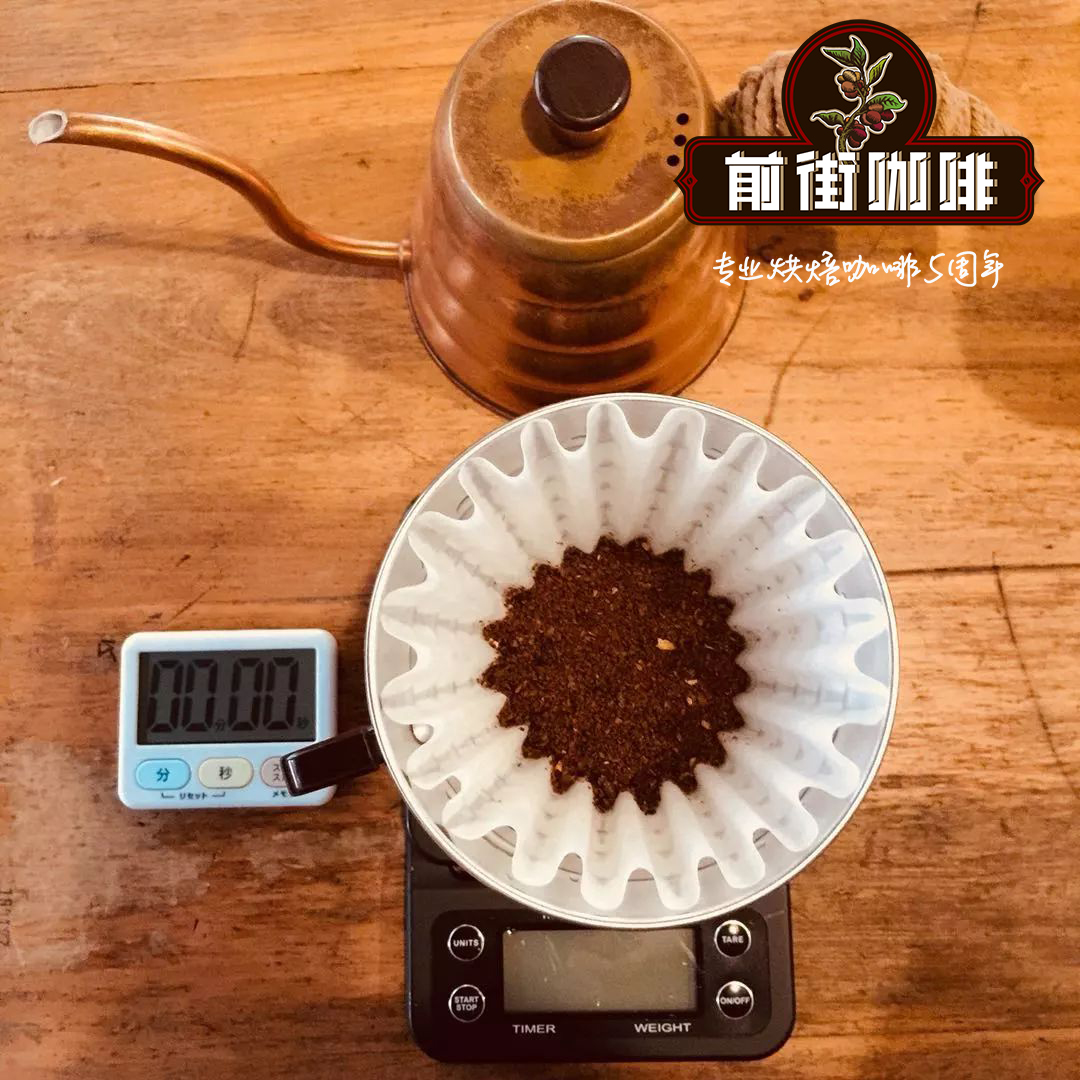Carbon dioxide impregnation of coffee is a new treatment method applied in red wine treatment.

Professional coffee knowledge exchange more coffee bean information please follow the coffee workshop (Wechat official account cafe_style)
The treatment of red wine has once become a hot discussion in the industry. In the process of coffee fruit to raw coffee bean treatment, there will be more or less "fermentation", whether it is washing treatment, honey treatment, or sun treatment will undergo this chemical change process. Different substances involved in fermentation (coffee peel, coffee pulp, coffee pectin, species of bacteria, distribution of bacteria), different fermentation environment (water and water, oxygen and oxygen, PH environment, etc.), different drying process (container material, natural sun, drying equipment, turning times, etc.), resulting in different post-treatment flavor and taste.
Coffee treatment red wine treatment (also known as carbon dioxide treatment)
It can also be called red wine treatment, which is inspired by the brewing technology of red wine. At present, only eight estates in Colombia have successfully introduced coffee beans treated with this method to the market. According to the data of these eight estates, we can roughly divide the types of red wine treatment into: acetic acid fermentation (Aerobic aerobic fermentation), lactic acid fermentation (Anaerobuic anaerobic fermentation), mixed fermentation (Mix Fermentation=Aerobic+Anaerobuic).
The traditional treatment method is difficult to control the changeable fermentation degree of coffee beans. But red wine treatment rules can ensure the quality of coffee beans by controlling PH value, even temperature and humidity, and airtight fermentation makes aroma less volatile.
Carbon dioxide impregnation is a new treatment method used in red wine treatment, in which the whole grape is put into carbon dioxide gas to make it oxygen-free. In this way, even in the absence of yeast, the grape fruit itself will convert its own sugar into alcohol, thus bringing a special aroma, the wine produced by this method has soft aroma, rich taste and stable color.
Costa Rica has established its reputation by being at the forefront of innovation in coffee processing methods. Famous for its honey craftsmanship, manufacturers and factories across the country are enthusiastically pursuing innovation to improve the flavor of their coffee.
Recently, a new processing method called anaerobic treatment has begun to change, leading the cup to ask, "what's the secret behind the unique taste of this coffee?" This approach is a little different from what we usually see. Luis Eduardo Campos from SanRam ó ndeAlajuela has worked hard to improve the process at his factory, Cordillera de Fuego.
Let's take a closer look.
Usually, anaerobic means anoxic. You may ask, if the fermentor is usually in an open space, how is the coffee made? A: put the coffee in a sealed stainless steel container. In addition to producing new, unexpected flavors, the anaerobic process provides a high degree of control over sugar, temperature, pressure, pH and time.
Before we can understand how it works, we need to know some facts. First of all, the taste of coffee fruit is concentrated in fruit juice, not in seeds. Coffee fruits are the fruits of shrubs and contain sugars in their mucus. The concentration of sugar and spices depends on the variety of fruit, maturity and soil type, as well as other factors.
Now let's continue to discuss this process. First, shell the coffee and put the seeds in the fermentor. The separated mucus is then tightly filled into a gelatinous consistency and added to the fermentor until it covers the entire parchment. The tank is then sealed and the O2 generated by the anaerobic process produces pressure in the tank. The process lasts 18 to 23 hours-enough to consume mucus, but not to produce alcohol for a long time. After 15 hours, pH needs to be continuously controlled to determine the progress of fermentation.
END
Important Notice :
前街咖啡 FrontStreet Coffee has moved to new addredd:
FrontStreet Coffee Address: 315,Donghua East Road,GuangZhou
Tel:020 38364473
- Prev

Why is it called the smart cup? how to use the coffee bean recommended cooking parameters coffee bean flavor
Professional coffee knowledge exchange more coffee bean information please pay attention to the coffee workshop (Wechat official account cafe_style) Smart filter cup is one of the items of hand filter cup, not only widely recognized internationally, but also designated by many boutique coffee shops to use, because of its simple mode of operation, so that every hand beginner
- Next

How did the coffee flower rise? Will coffee pull flowers make coffee taste better? Skills of Coffee flower drawing
Professional coffee knowledge exchange more coffee bean information Please follow the coffee workshop (Wechat official account cafe_style) We are often talking about making a cup of coffee, but we only pay attention to the technique, we are used to using the difference of utensils to define whether a cup of coffee is good or bad, such as espresso will be very strong, the single product is thin and emphasis on aroma, but have you ever thought that what we make is coffee? no.
Related
- What is the meaning of lactic acid fermentation with coffee bean treatment?
- How to judge the state of foam by sound?
- How does the latte pull out the unicorn pattern? Come to get for a little trick to improve the flower pull!
- Will flower pulling affect the taste of the latte?
- Do you know the history of coffee?
- The difference between honey treatment and sun washing what is raisin honey treatment?
- What kind of milk can a novice use to make coffee foam to keep the foam longer? The correct method and skills of milking tutorial sharing
- Why do washed coffee beans taste sour? Flavor characteristics of washed Coffee
- Introduction to the skill of how to practice the size and height of water injection around the circle of hand-brewed coffee
- How do beginners practice coffee flower drawing from scratch?

